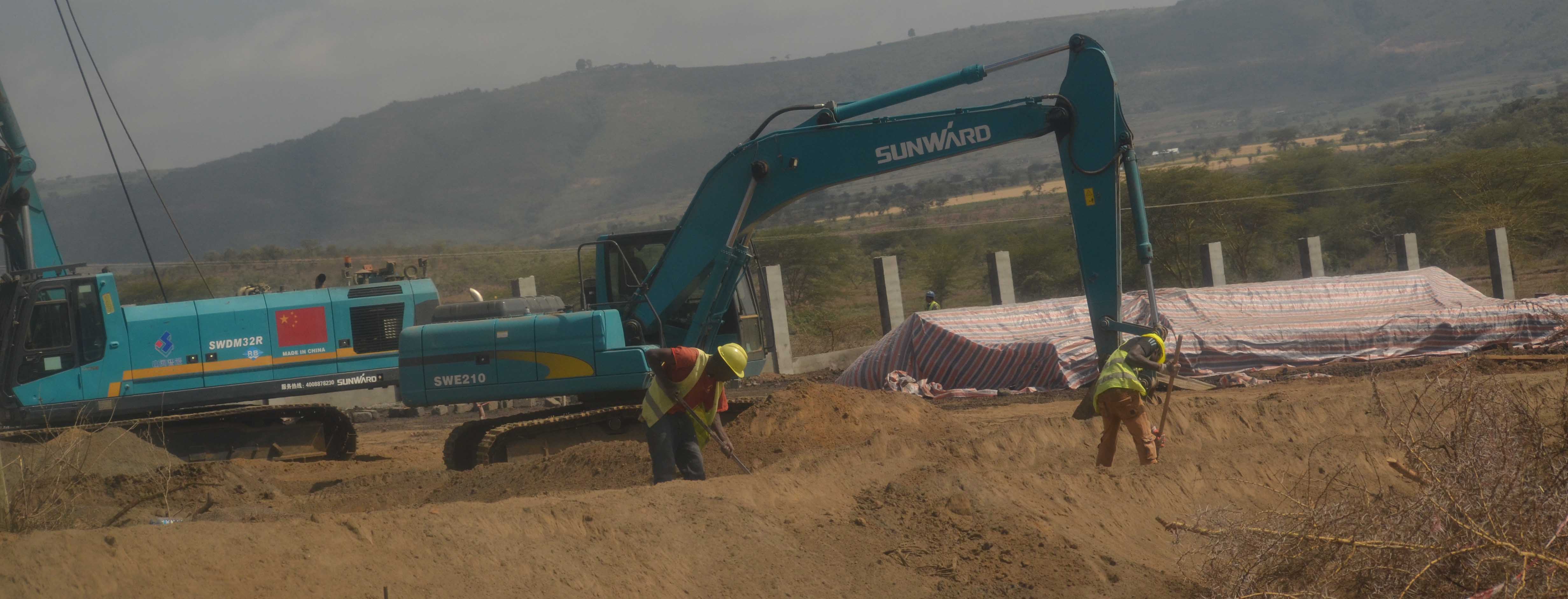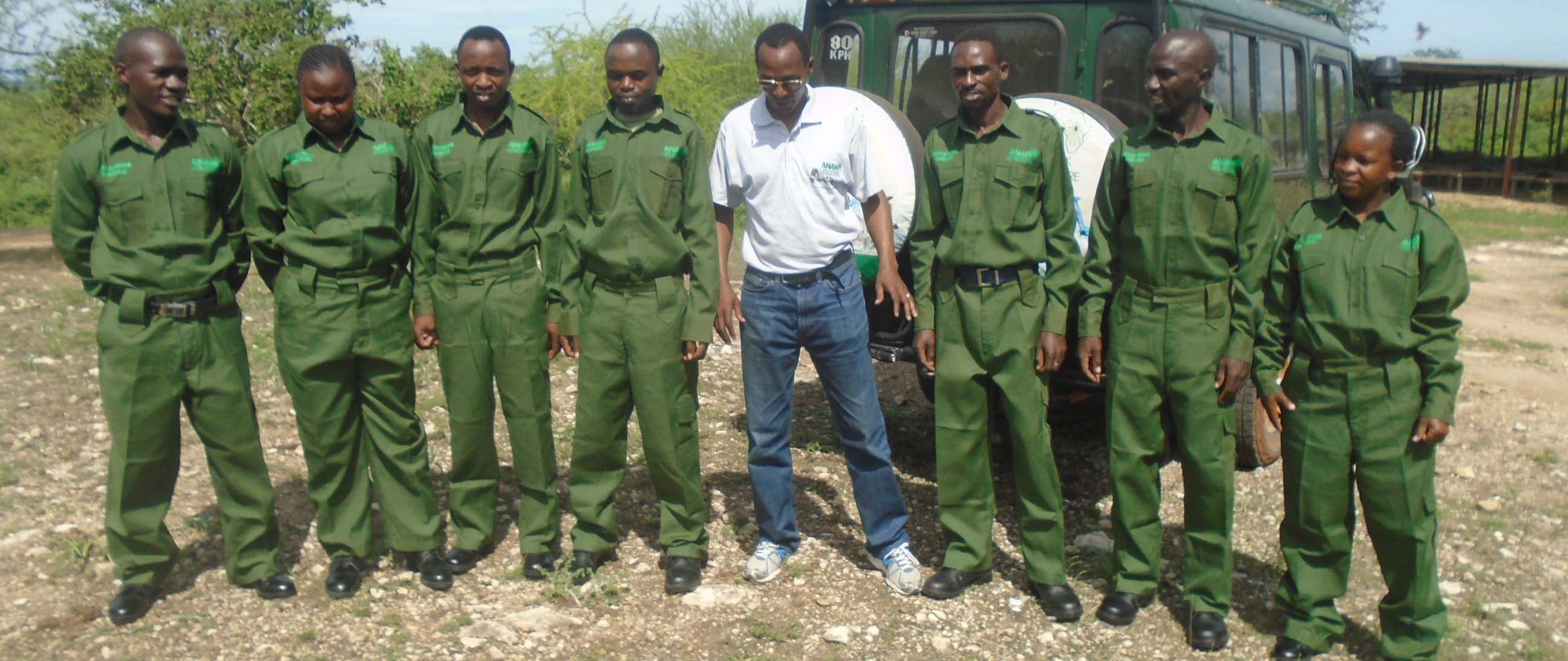Human-Animal Coexistence

PICTURE:Ongoing Railway Construction in Nairobi National Park
This program area is largely informed by the various forms of reported human-animal conflict. Generally, as a result of; the presence of environmental degradation, encroachment and increased land fragmentation have resulted in an incremental trend in cases of human-animal conflict globally. In Africa, and based on several underlying factors; whether social, economic, technological and/or environmental nature, such cases often result in destruction of property or loss of biodiversity through habitat destruction or destabilization of the ecosystems’ equilibria. In some cases, loss of human life has been observed through violent/active involvement of animals or via passive/indirect routes such as zoonotic disease spread. ANAW works with governments and like-minded stakeholders to carry out interventions that contribute to maintaining a balance between various human practices and animal survival (biodiversity conservation). Our focus on communities is generally geared towards innovative use of technology to provide solutions to causes of conflict and placement of affordable mitigation measures.
Our Work at Kasigau Ranch

PICTURE:Kasigau Guardians and ANAW Executive Director (center)
ANAW advocates for the preservation of critical wildlife migration corridors between protected areas passing through community-owned land. In 2015, ANAW entered into a memorandum of understanding with Kasigau Ranch Ltd to support the ranch develop a range management plan for integrating landscape conservation and livestock production to protect critical elephant lion and large herbivore migration corridor through the 52,000-acre ranch located between Tsavo West and East National Parks. Since then, ANAW has contributed towards recruitment and remuneration for 15 local guardians to provide security and community liaison between the ranch and the local land owners. As a result, illegal bush meat hunting has reduced, fewer elephants are being poached for ivory and community goodwill has increased through co-operating-responsibility activities such as the dik-dik sports festival
We aim at increasing knowledge and skills, and improving attitudes and behaviors about animal welfare; of citizens, policy makers and practitioners.
